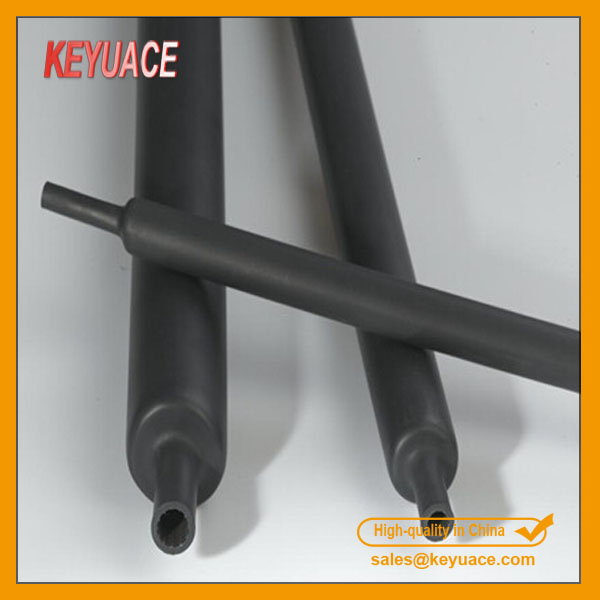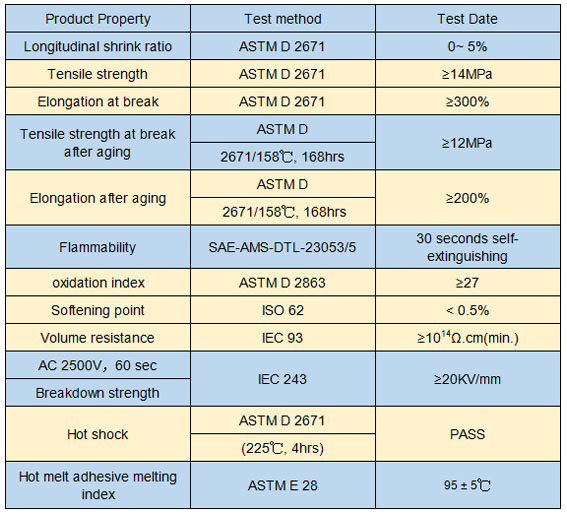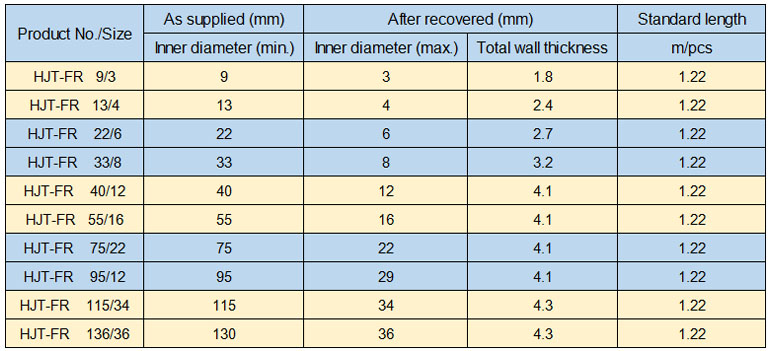Industrial 3D Printing Trends: Deep Integration with Traditional Manufacturing
The world’s leading supplier of systems for tooling and precision parts processing – Agie Charmilles and eos has agreed to focus on the mold industry since July 2015. They develop exclusive solutions for the mold industry by adding manufacturing tools that cool close to the surface of the mold, allowing the mold to cool down faster and get a faster production cycle for injection molding products.
What are the opportunities for 3D printing, especially powder bed metal additive manufacturing technology, to become industrialized? Where are the obstacles? How are the prospects?
According to Wohlers report, the current market value of the industrial 3D printing market is only about $800 million. With the traditional machine tool market of 64 billion U.S. dollars, 3D printing is clearly still a small niche market.
However, as GE Aviation's 3D printing injectors push industrial 3D printing to industrialization, the combination of industrial-grade 3D printing and traditional manufacturing has become a global trend.
Addition and Subtraction
As the first phase product of the partnership between GF Machining Solutions and EOS - AMS290, the equipment is designed to increase the efficiency and capacity of mold processing.
The idea behind this project is to provide a new solution to the mold manufacturing industry, where moldmakers are already challenging conventional processing limitations. As the demand for smaller, more complex and precision parts increases, the injection molds used must be equally complex and precise.
Conformal cooling is the preferred method for complex mold design. If the cooling water path is close to the mold surface, the heat accumulated in the mold will be greatly reduced. Using the correct calculation and cooling analysis can greatly optimize the cooling mode of the mold. Engineers can design the conformity The cooling circuit required by their molds, especially in the area of ​​easy distortion and deformation, shortens the mold cycle, improves the quality of injection molding products, and prolongs the service life of molds.
This is the reason why 3D printing goes to the field of mold industrialization. The metal powder bed additive manufacturing technology completes the manufacturing process by layer-by-layer powder coating and laser melting of the powder. This is a technology that changes the rules of the game for complex mold makers.
All of this sounds great. Better products, faster and cheaper. This seems too good. Is it true? Is there an insurmountable obstacle to the industrialization of 3D printing?
TooGood, tobeTure?
When printing is complete, the printed parts are completely buried in powder. Most of the time, you need to manually clean the powder. Whether it is to purge the powder or use other methods, this is a dirty, time-consuming task.
Another problem is that the work is cut off from the printing abutment, and the choice of wire EDM is also a way.
The removal of support structures, whether manual or numerically controlled, has brought significant constraints to the modularity and lean manufacturing of 3D printing.
The heat treatment usually looks at the processing requirements. In short, to get the product you want, there may be as many as 10 different steps to complete. This is in contrast to industrialized manufacturing, which is based on speed. 3D printing post-processing becomes a major obstacle to the industrial process.
Pain, it may be the opportunity
However, if it weren’t for 3D printing that seemed to be a bit of a “stupidâ€, clumsy post-processing approach, there would be no solution to the challenges and needs. It is based on these sores that Agie Charmilles' cooperation with EOS is far from being as simple as an AMS290 co-branded device. Otherwise, it would be easy for scientists to tell stories like this in the scientific world, but it's joking to be headlined by 3D printing for industrialization.
Agie Charmilles and EOS are creating seamless integration of EOS additive manufacturing technology and Archie's high-speed machining and EDM interfaces, which not only require automation to build seamless bridges, but also require software systems to communicate between devices. The two sides will be based on the "seamless integration" between devices in 2016, which will bring real disruption to the mold manufacturing industry. This is a complete process chain solution: a seamless, automated interface that integrates additive manufacturing equipment into the mold's production process, including seamless integration of necessary software and automated machine tools, measurement devices, and other downstream components.
Powder bed additive manufacturing, 5-axis high-speed milling to reduce the material manufacturing, EDM EDM, these links will be completed through automation.
Do you think it sounds unbelievable, and what the two sides are building is a seemingly impossible or unrealistic plan, and this will pose a threat to purely traditional manufacturing methods. However, all this is a great opportunity for 3D printing, which is a new journey for 3D printing to industrialized production. Regardless of the odds of success, let's bless 3D printing together.
HJT-FR Flame retardant heavy wall adhesive-lined Heat Shrink Tubing
Product description:
HJT-FR Flame retardant heavy wall adhesive-lined heat shrink tubing is made of the outer layer flame retardant polyolefin PE material and the inner hot melt adhesive layer, and it has flame-retardant and high insulation properties. Heavy Duty heat shrink tubing it's mainly used to the connector of the middle and end of the high-voltage wire, shipping electric wire, binding wire and metal conduit for insulation protection and other pipeline for anti-corrosion and wear proof.

Feature & benefit:
a) Heat shrink ratio: 3/1, flame-retardant outer layer
b) Anti-UV, anti-irradiation, damp proof, waterproof, sealing
c) Efficient electronic insulation protection, superior mechanical protection performance
d) Standard colors: Black, red
Operating indexes:
a) Min. Shrink temp.: 100 degrees Celsius
b) Final shrink temp.: 120 degrees Celsius
c) Working temperature: -55~110 degrees Celsius
Up to standard: Approvals
Meet ROHS environmental protection, 110 degrees CCelsius.
Product specification:


Heavy Duty Tubing,Construction Heavy Duty Tubing,Flexible Heavy Duty Tubing,Polyolefin Heavy Wall Heat Shrink Tubing,Heavy Wall Heat Shrink Tubing
KEYUACE Materials Co., Ltd. , https://www.insulationtubing.com